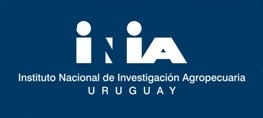
|
|

|
|
|
|||||||||||||||||||||||||||||||||||||||||||||||||||||||||||||||||||||||||||||||||||||||||||||||||||||||||||||||||||||||||||||||||||||||||||||||||||||||||||||||||

|
|

|
|
|
|||||||||||||||||||||||||||||||||||||||||||||||||||||||||||||||||||||||||||||||||||||||||||||||||||||||||||||||||||||||||||||||||||||||||||||||||||||||||||||||||
Embrapa Todos los derechos reservados, conforme Ley n° 9.610 Política de Privacidad Área Restricta |
Instituto Nacional de Investigación Agropecuaria Andes 1365 - piso 12 CP 11100 Montevideo, Uruguay Tel: +598 2902 0550 Fax: +598 2902 3666 bibliotecas@inia.org.uy |
|